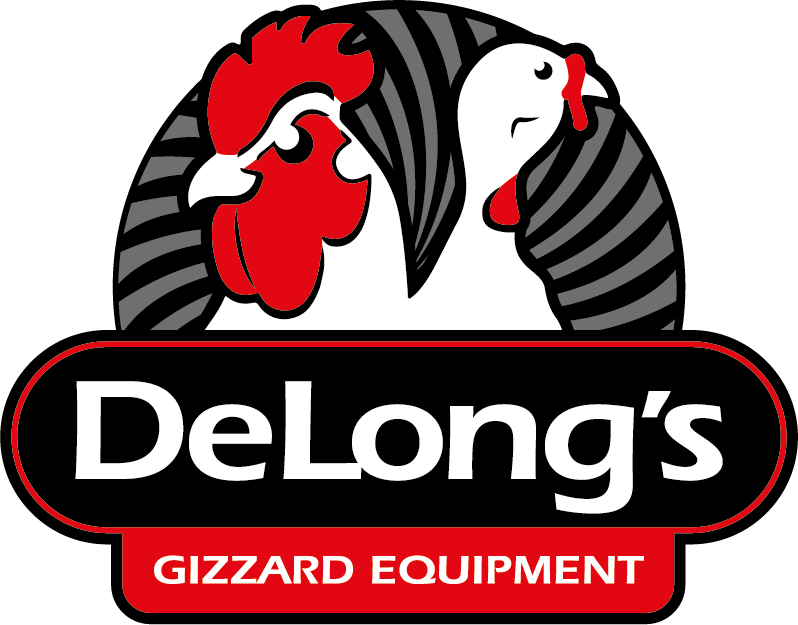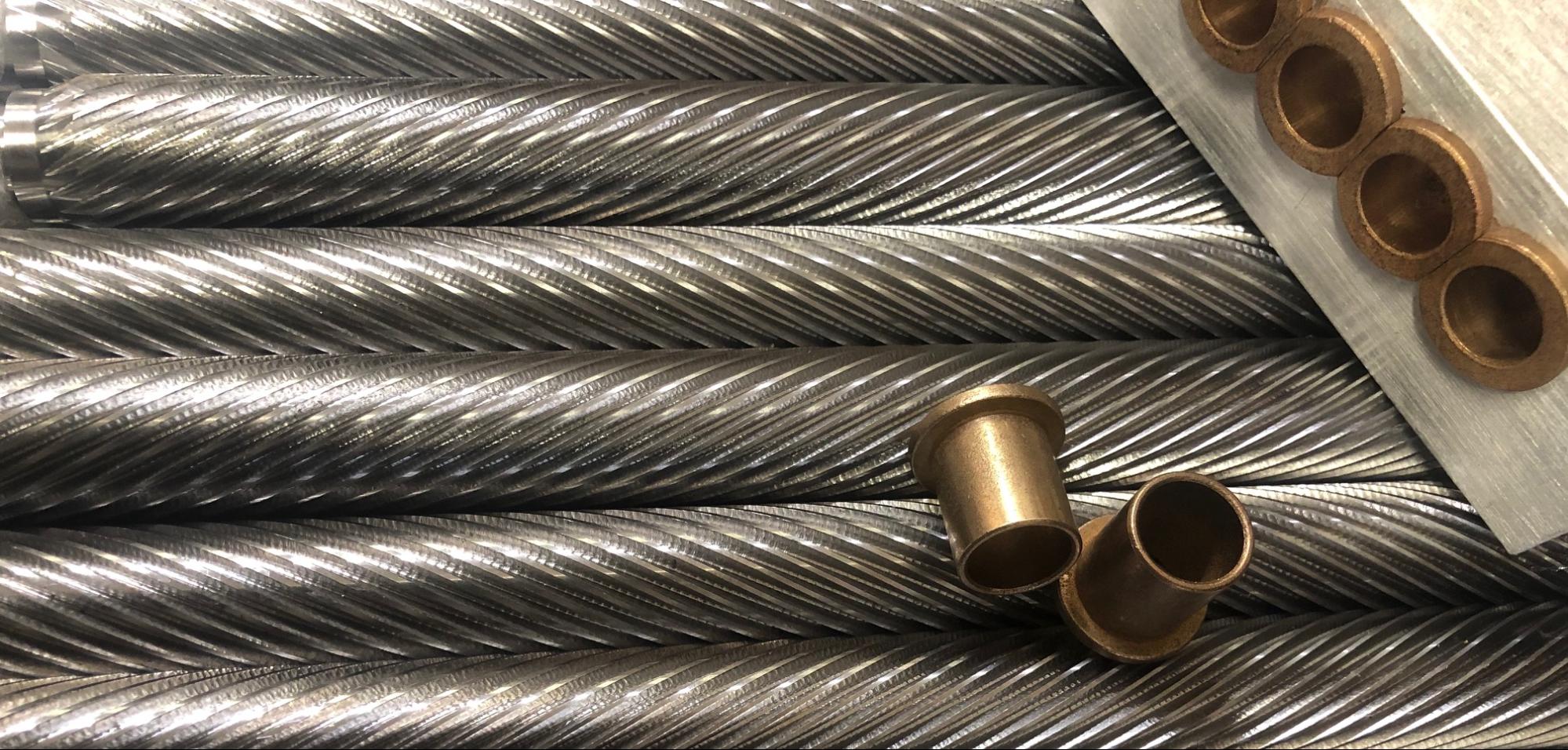
09 Aug How to Cut Freezing and Refrigeration Costs at Poultry Plants
While the overall costs to keep a poultry plant refrigerated effectively should be well-known to most managers, just how much of the overall energy budget goes toward it can come as a shock. Refrigeration can account for as much as 35-50% of a commercial or industrial plant’s energy costs, making it a huge consideration for plant managers.
Luckily, while you’ll never be able to eliminate your refrigeration and freezing costs entirely, there are a number of small steps you can take to make the most efficiency out of your plant’s refrigerators and freezers. Over time, taking these small steps can result in drastically-reduced energy costs over time.
Here are some great ways you can start cutting freezing and refrigeration costs at your poultry production plant:
Audits & Budgeting
The first step toward energy savings is to first find out how much energy you’re using in the first place. People don’t often think of air as a resource to be bought and sold, but in the realm of food production, maintaining a cool air flow is absolutely a price consideration and the amount you buy will be directly reflected by the energy bill at the end of the month.
By creating a refrigeration budget for your plant, you’ll be able to get an objective look at exactly how much you’re spending to keep things cool.
An essential step toward creating an accurate and effective refrigeration budget is to get an energy audit done on your plant. An audit will give you concrete numbers on how much energy you are using overall, as well as the breakdown of how much is being used by each individual process throughout the plant.
With the audit results, you’ll be able to get a bird’s-eye view of your plant’s energy expenditures so that you can identify problem areas and start looking at solutions. Now that you have concrete numbers on your current expenses, it’s time to start finding ways to save.
Location, Location, Location
One of the best ways to save money on cooling is by placing all of your refrigerators and freezers in the same general location.
As effective as it may be, no refrigerator is 100% efficient. Naturally, some cool air will escape every time the door is opened, but the problem is magnified as the refrigerator’s insulation naturally degrades over time, leaving you spending thousands on cool air that doesn’t actually keep the products inside the refrigerator cold.
One great workaround is simply to put all of your plant’s refrigeration equipment in one central area surrounded by insulating curtains or other heat-capturing devices. This way, whatever cold air does escape from a refrigeration unit can still be used to help keep cold air circulating in the general area instead of going to waste.
Note: while it pays to keep all your cooling units in the same general area, don’t place them too close together. Otherwise, you risk restricting the airflow and inadvertently building heat between units. Keep each unit a few inches apart to make their jobs as easy as possible.
Temperature
For maximum refrigeration efficiency, maintaining the perfect temperature and humidity level is essential. At a certain point, setting the temperature too low can drastically increase your energy costs while providing little noticeable benefit, effectively wasting your money.
For the best results, keep refrigerators at 37-40°F and freezers at 0-5°, which will preserve any food products stored inside safe at a reasonable cost.
Humidity
Humidity can be a big snag for refrigeration units because it forces the compressors to work twice as hard to achieve the same amount of cool air. If you want to keep things cold for less, you’ll also need to keep them dry.
Desiccant dehumidifiers offer an elegant solution to this problem. These dehumidifiers work by utilizing chemical attraction instead of condensation to remove water from the air. In addition to producing the lowest vapor pressure of any type of dehumidifier, desiccant are also relatively cheap to operate, costing you less to operate than leaving the condensation to the refrigerator.
Looking for more great tips and strategies to take your poultry production plant to the next level? Check out our free informative guide, How to Find Efficient Poultry Processing Equipment, and take your plant to the next level of efficiency today!



